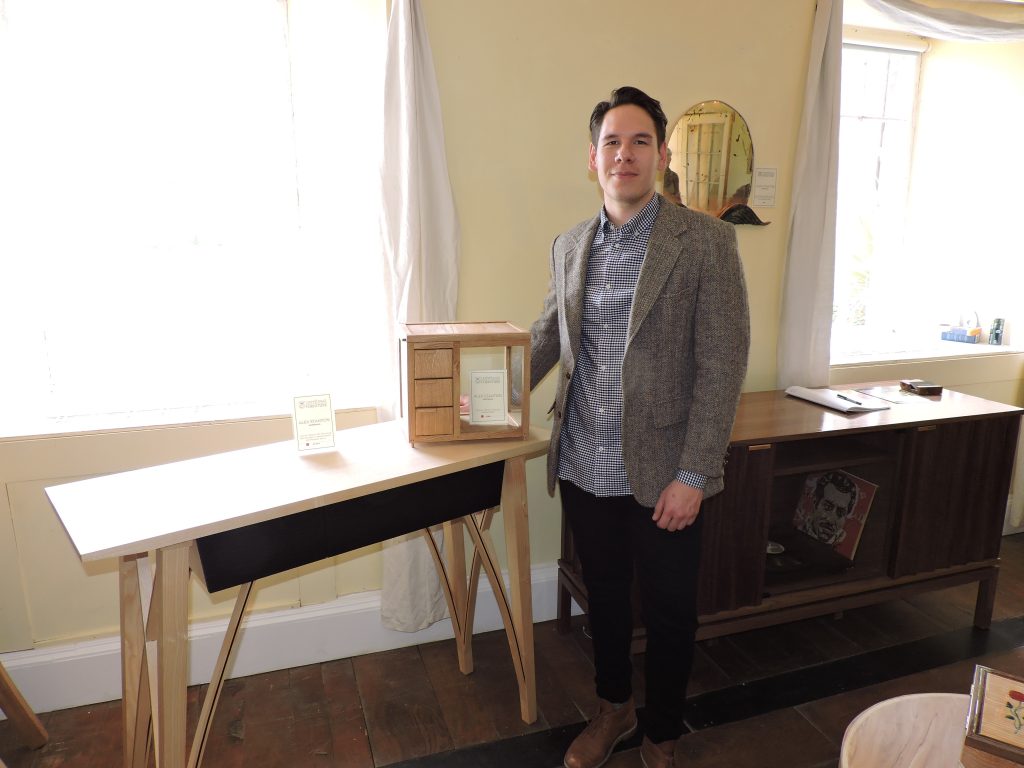Chippendale graduate honoured
A young Australian furniture designer who graduated from the Chippendale school professional course in June has been shortlisted for two awards in the prestigious Young Furniture Makers Awards. Alex Stanton has been shortlisted, first, for his Shou Sugi Ban hall table in Ash (Design Award). The second shortlisting was for his sideboard in Rosewood and …
